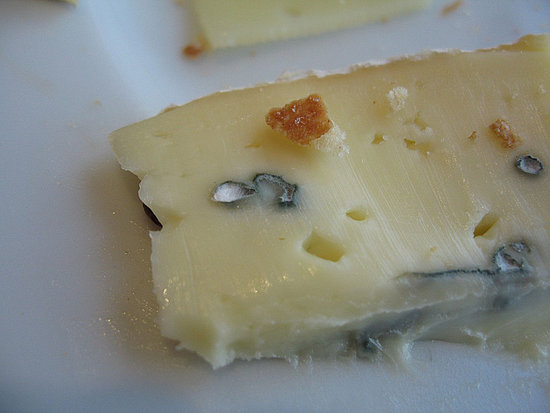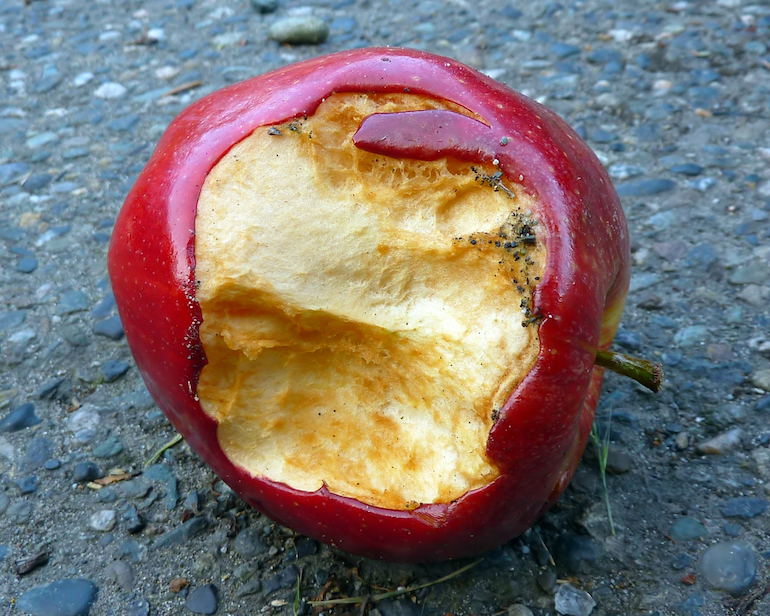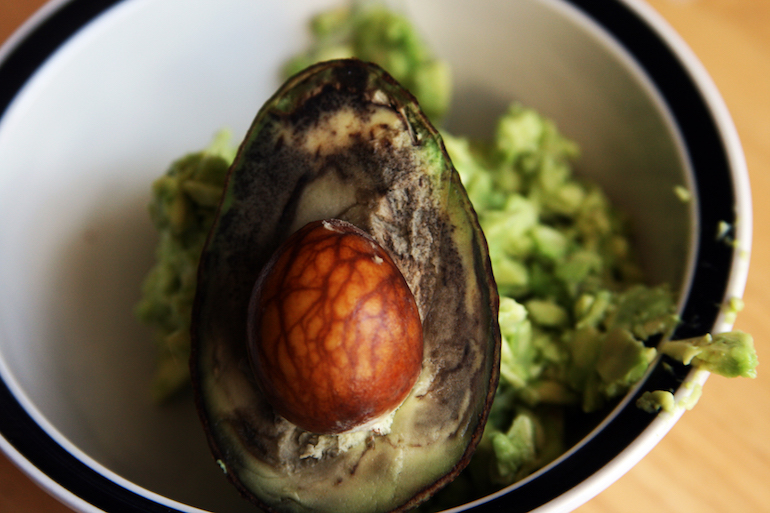It’s easy to let expiration dates on packages control your eating habits. Your unopened cup of yogurt had a sell-by date of two days ago? Bummer, guess it should be thrown away. The package of ground beef you got last week is starting to brown a bit? Guess it must be bad.
WRONG. Expiration dates often mean little to nothing and are a huge contributor to food waste worldwide. To prevent future waste and help you save some money, here are five simple ways you can tell if your food has gone bad or not. Remember, your five senses can tell you more about your food than any expiration date can, so don’t be afraid to open up a few old cartons to tell if their contents have actually gone off.
Mold

Photo courtesy of JW
A layer of mold covering meats, dairy products, or vegetables means it’s time to bid your leftovers farewell. If there are just a few spots growing on your loaf of bread, you can sometimes trim off the edges and keep eating. However, it’s almost impossible for the everyday consumer to tell which types of mold are safe to eat, so I’d recommend calling it quits as soon as things get start getting fuzzy.
Change in texture

Photo courtesy of Lara604 on Flickr
A change in texture is usually seen in dairy products that have gone bad. Chunky milk is a definite no-no, and cheese that’s been left out to get slimy and oozy is best left uneaten. Not all foods that experience a change in texture should be immediately thrown away, however. Soft apples and other fruits can be used to make compotes and jams, for example.
Slimy Film

Photo by Elizabeth Tadie
Cooked meats are notoriously tricky to test for freshness. The most obvious way to tell if your cold cuts, baked chicken, and other meats have gone off is if there’s a slimy film coating the food. If your meat feels a bit damp or slimy, it’s definitely gone bad. I wouldn’t recommend putting it into your mouth to taste the flavor, because rancid meats cause some of the worst kinds of food poisoning.
Carrots and other vegetables can also develop a slimy coating once they’ve reached the end of their life.
Discoloration

Photo courtesy of Quinn Dombrowski o Flickr
Raw meats that have become slightly discolored aren’t necessarily rotten. Meat changes color when exposed to light and air, meaning your slightly reddish brown ground beef is probably okay to eat. If the discoloration is accompanied by a slimy or sticky film, that’s when you’ve got problems.
Discoloration of fruits or vegetables is usually a sign of them having been exposed to the air. However, potatoes that have started turning green should be thrown away.
Smells Rancid

Photo by Jocelyn Hsu
When in doubt, always give your food a good whiff before eating it. If it smells different than the first time you smelled it, your food has probably gone bad. Dairy products and raw meats are the easiest to sniff out, whereas fruits and veggies often show different signs of rancidity.


